-
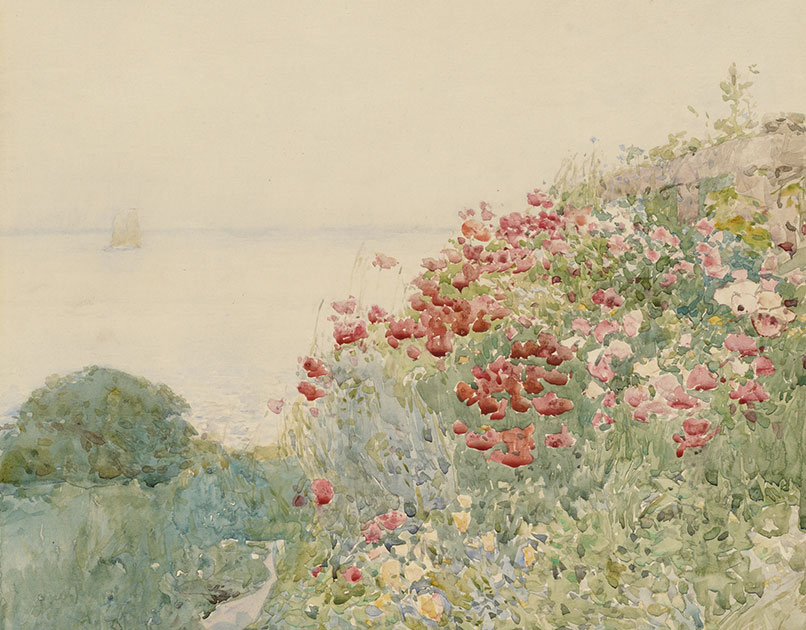
Field of Poppies, Isles of Shoals (1890)
Hassam captured the natural beauty of poppy fields in the Isles of Shoals.
-
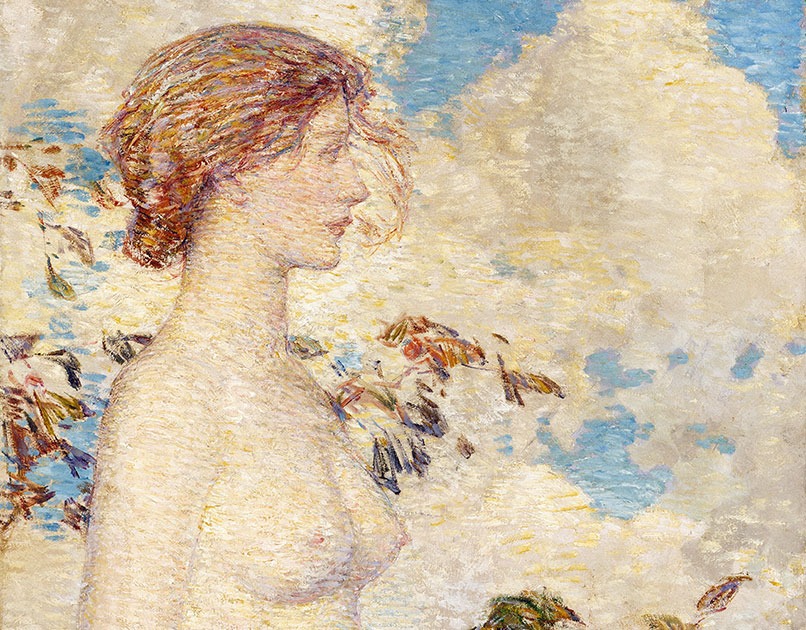
Pomona (1900)
Hassam depicts Roman goddess Pomona, symbolizing cultural nurturing and heritage.
-
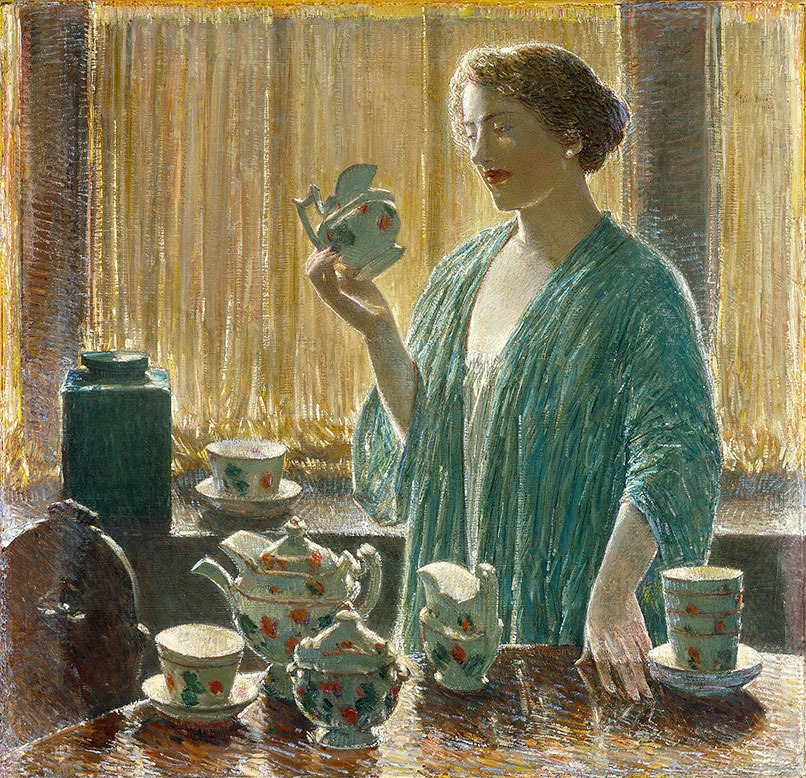
Strawberry Tea Set (1912)
A serene domestic scene capturing a woman’s quiet contemplation by a sunlit window.
-
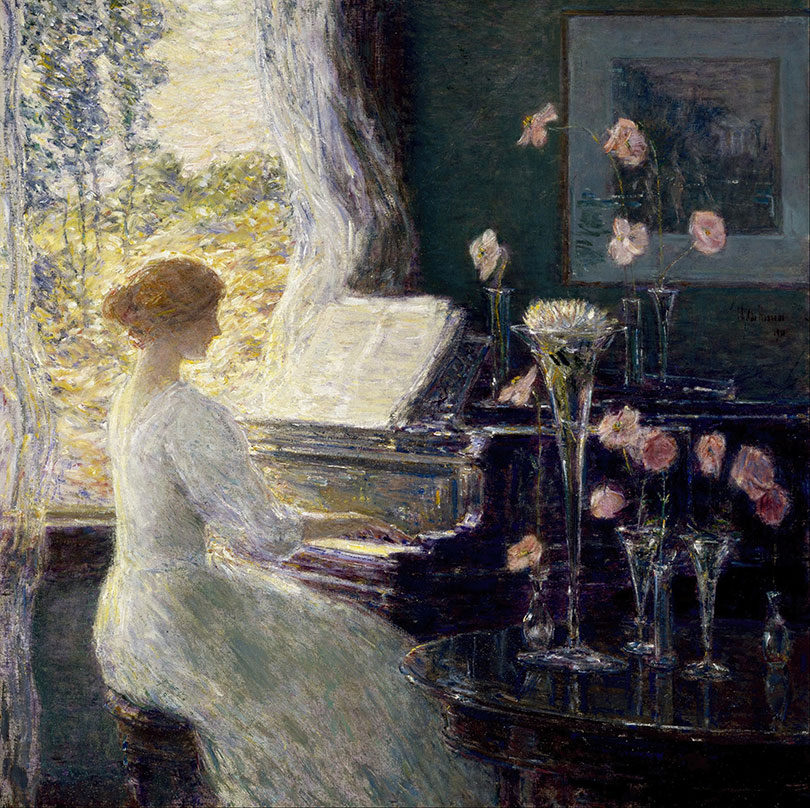
The Sonata (1911)
Hassam’s “The Sonata” portrays the fusion of music and tranquility, capturing a reflective post-performance moment.
-
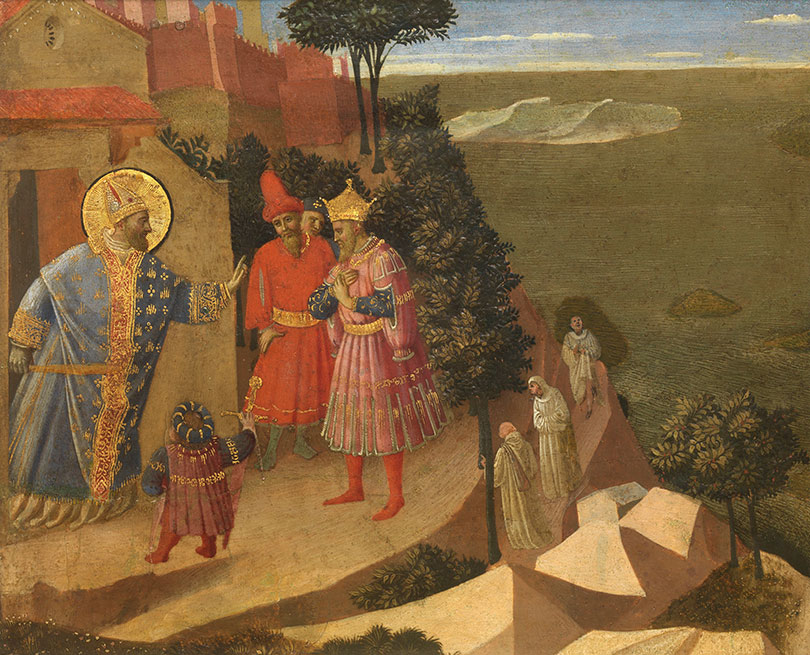
Saint Romuald Refuses Emperor Otto III Admission to the Church (1435)
Fra Angelico portrays Saint Romuald denying Emperor Otto III entry, highlighting religious conviction and artistic mastery.
-
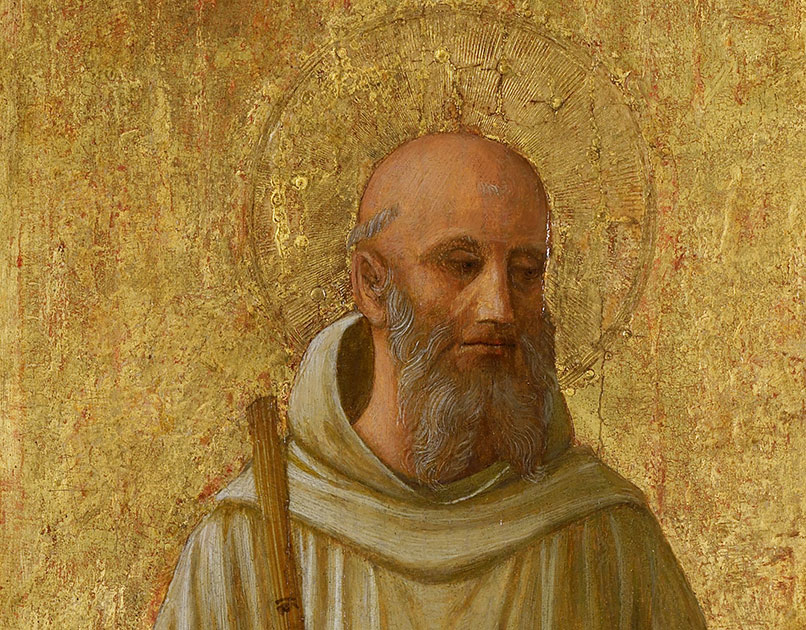
Saint Romuald (c. 1440)
Fra Angelico’s portrayal of Saint Romuald exemplifies Early Renaissance religious art.
-
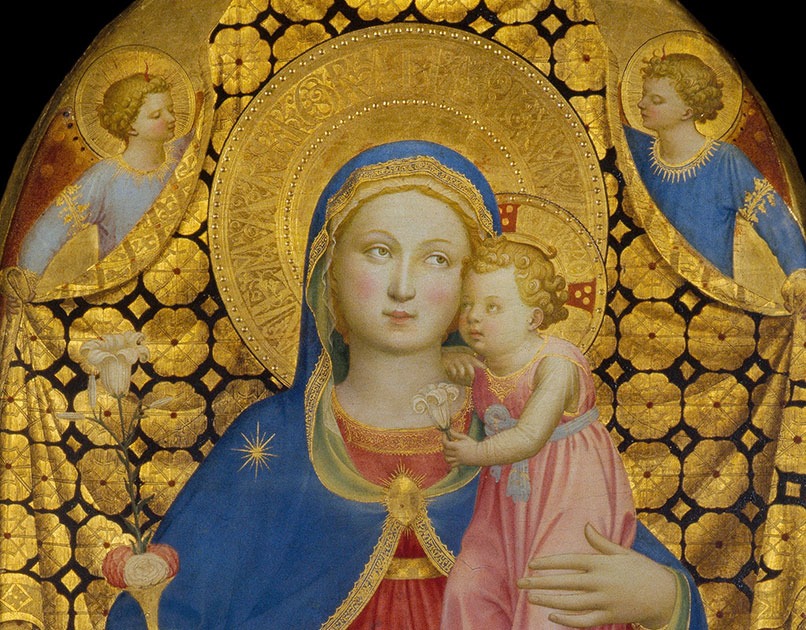
Virgin of Humility (1433~1435)
Fra Angelico’s “Virgin of Humility” portrays a tender moment between the Virgin and Child, exuding sacred serenity.
-
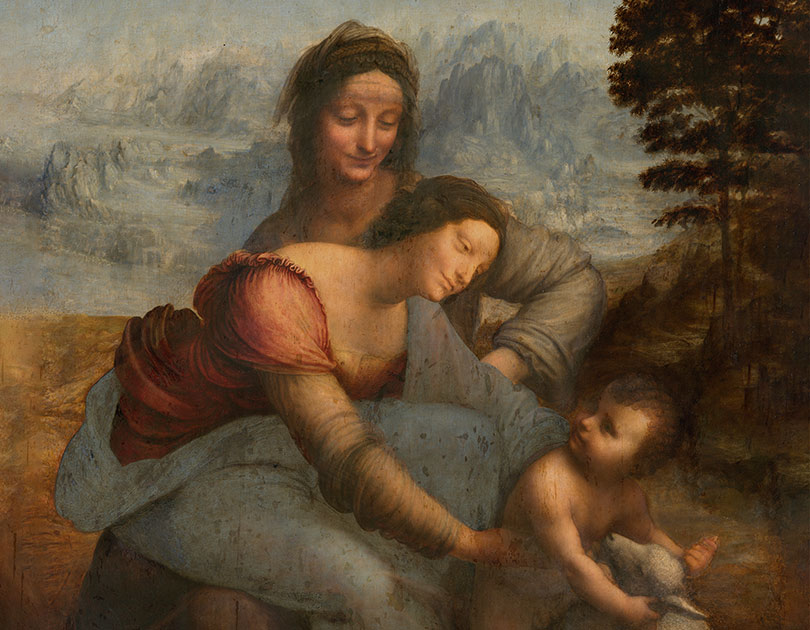
The Virgin and Child with St. Anne (1500-1513)
Leonardo da Vinci’s painting captures Saint Anne, the Virgin Mary, and infant Jesus in a tender moment, highlighting themes of maternal love and sacrifice.
-
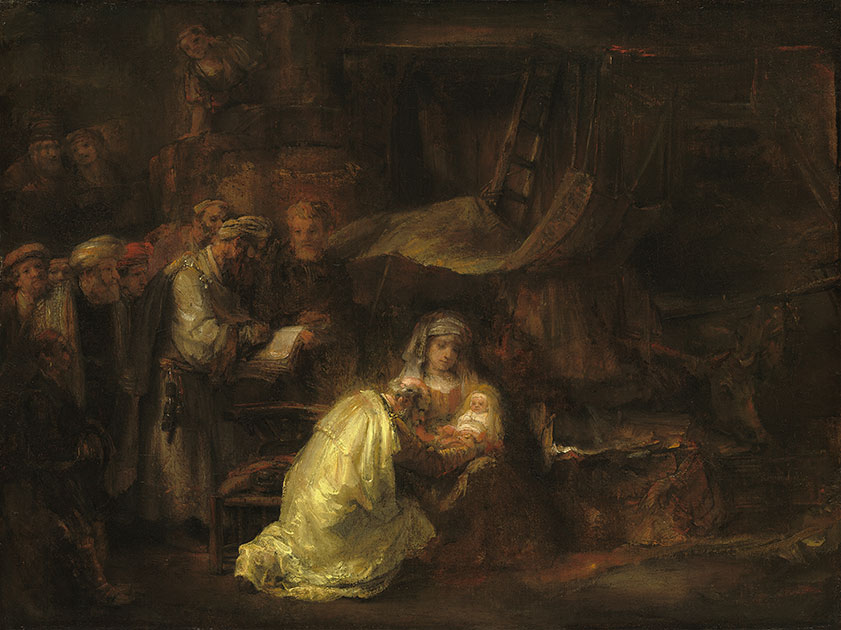
The Circumcision (1661)
Rembrandt’s portrayal of Jesus’ circumcision captures the blend of humanity and divinity with emotional depth.
-
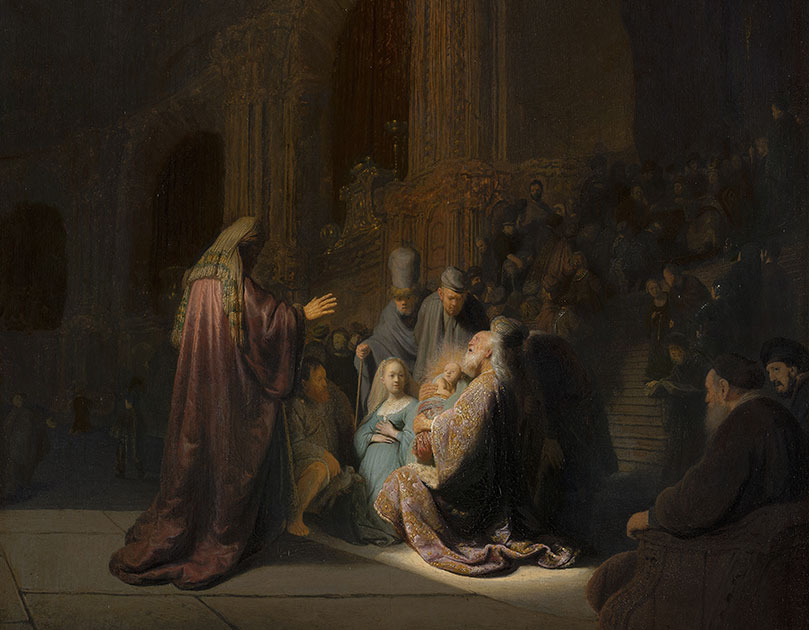
Simeon’s Song of Praise (1631)
“Simon’s Song of Praise,” painted in 1631, depicts an elderly Simeon in the temple, overwhelmed with joy upon seeing the infant Jesus, bathed in divine light. The scene is filled with emotion and drama, particularly through the contrast of light and shadow, which symbolizes the divine presence. Simeon’s posture and expression convey praise for God […]
-
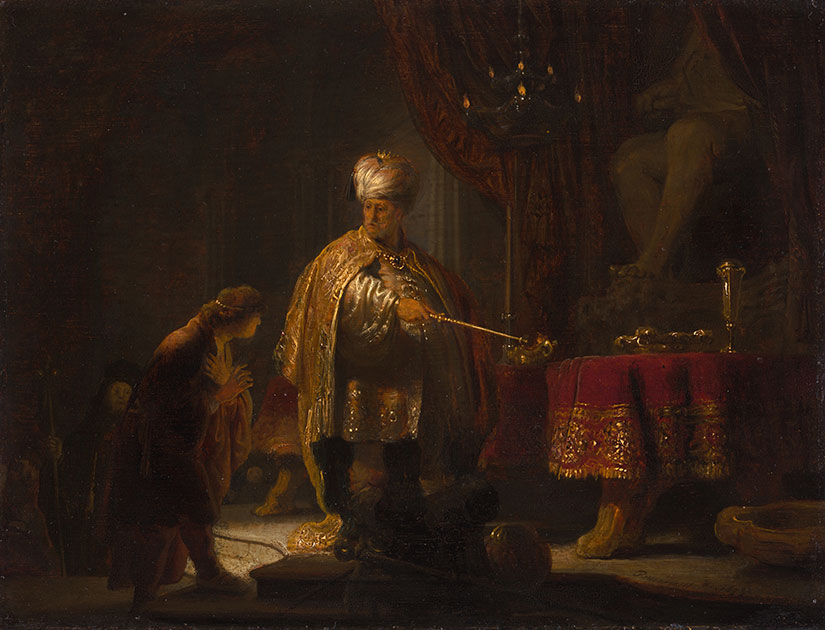
Daniel and Cyrus Before the Idol Bel (1633)
Rembrandt vividly captures the dialogue between Daniel and Cyrus before the idol Bel through contrasting light and shadow.
-
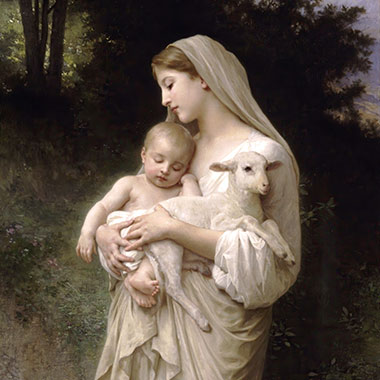
L’Innocence (1893)
Bouguereau’s delicate brushwork captures motherhood and purity in a serene setting
-
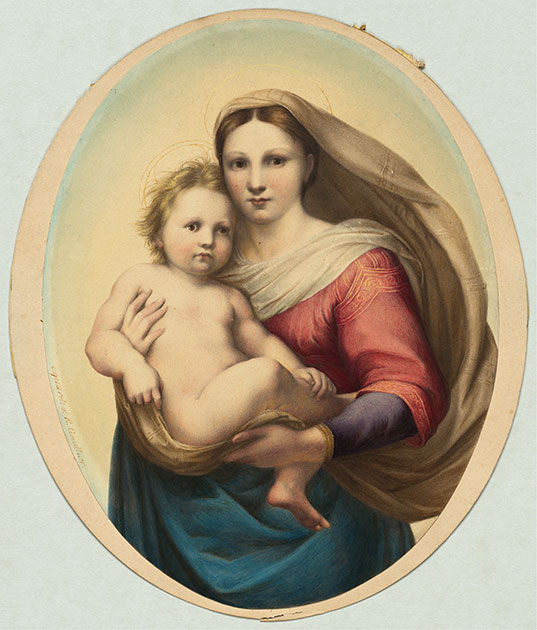
Copy after Raphael’s Sistine Madonna (19th century)
Geudtner’s delicate reproduction captures Raphael’s “Sistine Madonna” with precision.
-
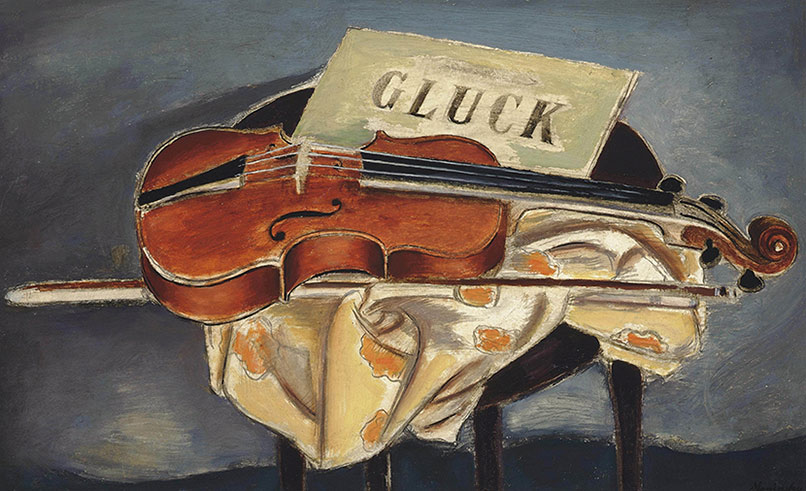
Still life with violin
“Still Life with Violin” is a still life painting by Bernard Meninsky, depicting a serene arrangement of a violin and other objects. The composition is simple, with soft colors, showcasing Meninsky’s sensitivity to form and light. This work reflects Meninsky’s deep observation and artistic expression of everyday items, conveying a tranquil and introspective mood.
-
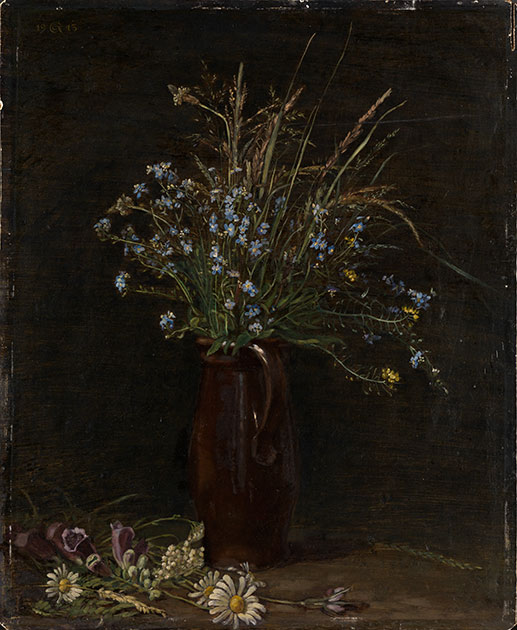
Vergißmeinnicht-Stilleben (1913)
Crecelius’s “Forget-Me-Not Still Life” captures natural beauty and a tranquil mood.